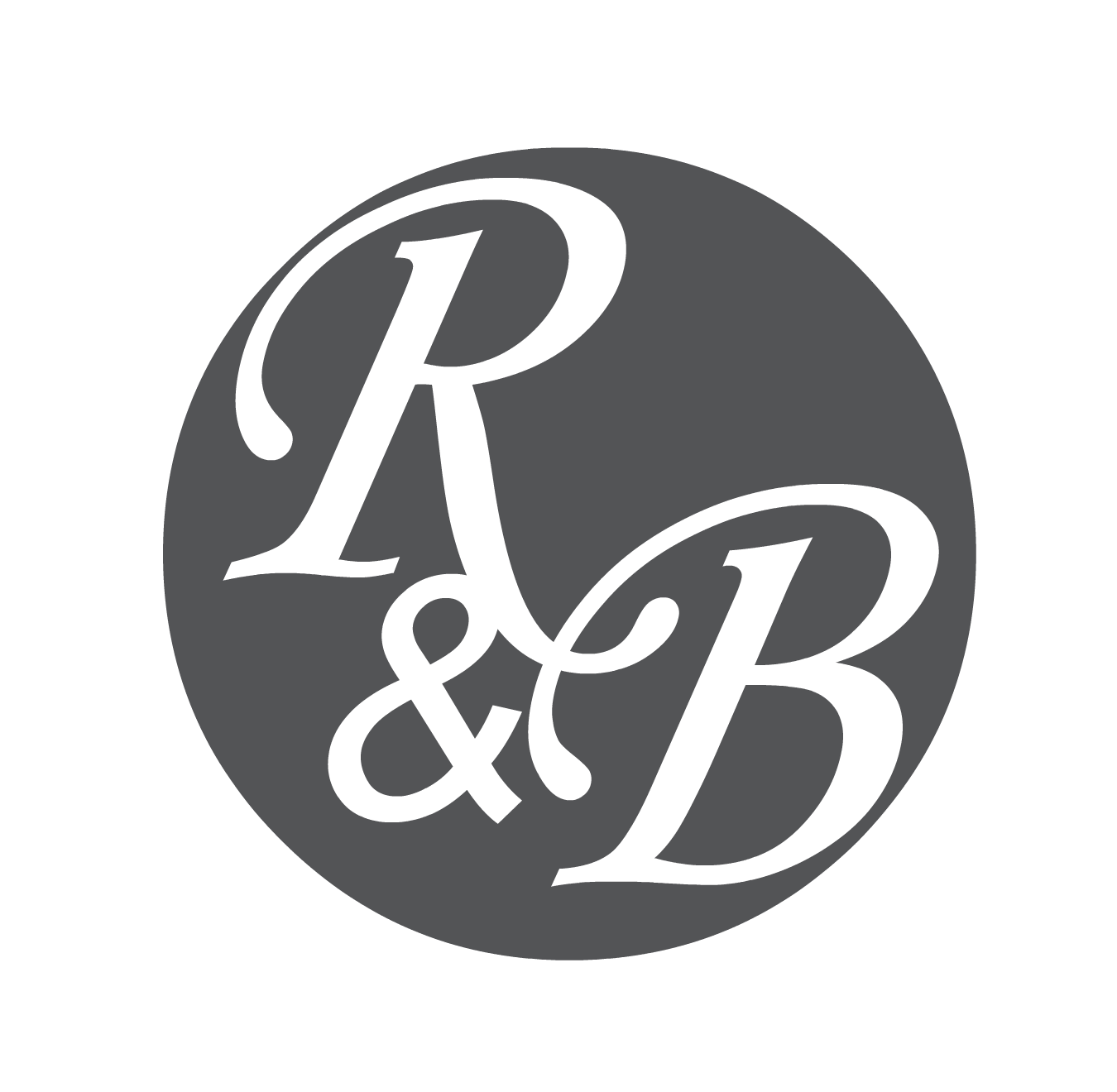When I first embarked on my journey in aeronautics, I was quickly drawn to teamwork. I started training to become an instructor, but despite my enthusiasm, everything seemed very conceptual. The practical applications were increasingly challenging. It wasn’t until I discovered Neuro-Linguistic Programming (NLP) that I began to truly excel in my communication skills. This led to a pivotal moment in my career: I was recruited by the company that manufactures the airplanes I fly today, while still training as a simulator instructor.
Neuro-Linguistic Programming transformed my approach to work and communication. NLP is a psychological approach that involves analyzing strategies used by successful individuals and applying them to reach personal goals. It relates thoughts, language, and patterns of behavior learned through experience to specific outcomes.
One of the most effective tools I learned through NLP is the FOCUS model. This model breaks down essential steps to enhance work efficiency and productivity. Let’s explore how the FOCUS model, combined with the techniques I learned from NLP, helped me reach new heights in my career.
Formulating
The first step in the FOCUS model is Formulating. This involves creating a detailed plan or strategy. In my early days as an instructor, I often felt overwhelmed by the sheer volume of information and tasks. By using NLP techniques, I learned to break down complex tasks into manageable steps. I formulated clear, concise plans that allowed me to tackle each task systematically. This planning not only helped me stay organized but also reduced stress, enabling me to focus better.
Optimized
Once a plan is in place, the next step is Optimizing it to ensure efficiency and effectiveness. This means continuously reviewing and refining your strategy. Through NLP, I learned the importance of feedback loops and self-assessment. By regularly evaluating my progress and making necessary adjustments, I could optimize my efforts. This iterative process ensured that my plans were not just well-structured but also adaptable to changes and unforeseen challenges.
Clear
Clarity is crucial for maintaining focus and achieving goals. The third step, Clear, emphasizes keeping your objectives and instructions straightforward. NLP techniques taught me to communicate clearly and assertively. Whether I was instructing a team or coordinating with colleagues, clear communication ensured that everyone was on the same page. This clarity eliminated confusion and misunderstandings, allowing for smoother operations and better teamwork.
Understanding
Understanding the tasks and goals at hand is essential for effective execution. The fourth step, Understanding, involves ensuring a complete grasp of the tasks and the reasons behind them. NLP helped me develop active listening skills and empathy, which were vital in understanding my team’s perspectives and challenges. This deeper understanding fostered a collaborative environment where everyone felt valued and motivated to contribute their best.
Strategies
The final step in the FOCUS model is Strategies. This involves developing methods to achieve your objectives. NLP is rich with techniques for problem-solving and creative thinking. By leveraging these strategies, I was able to approach challenges with a solution-oriented mindset. I explored various approaches, assessed their potential outcomes, and implemented the most effective strategies to achieve my goals.
Reaching New Heights
Combining the FOCUS model with NLP techniques was a game-changer in my career. It not only enhanced my work efficiency but also improved my leadership and communication skills. As a result, I stood out in my role, leading to my recruitment by the airplane manufacturing company. The structured approach of the FOCUS model, coupled with the psychological insights of NLP, empowered me to reach new heights in my profession.

